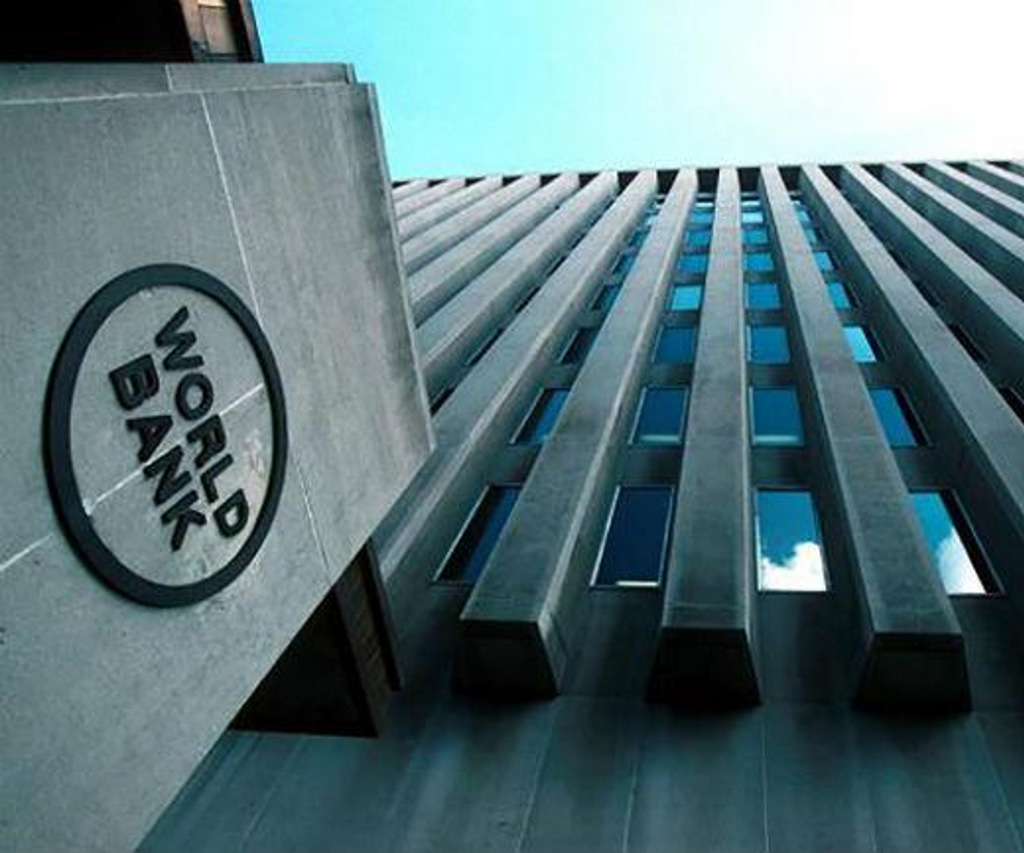Pakistan economy to ‘languish’ at 3pc or less in 2020: World Bank
- Growth in Pakistan decelerated to an estimated 3.3 percent in FY2018/19, reflecting a broad-based weakening in domestic demand.
- World Bank projects the global economy will grow by 2.4 per cent this year.

In its latest Global Economic Prospects report, the World Bank projects growth in Pakistan to languish at 3 percent or less through 2020, as macroeconomic stabilization efforts weigh on activity.
The World Bank said that growth in Pakistan decelerated to an estimated 3.3 percent in FY2018/19, reflecting a broad-based weakening in domestic demand.
“Significant depreciation of the Pakistani rupee (the nominal effective exchange rate depreciated about 20 percent over the past year) resulted in inflationary pressures (SBP 2019). Monetary policy tightening in response to elevated inflation restricted access to credit. The government retrenched, curtailing public investment, to deal with large twin deficits and low international reserves,” stated the report.
The report, pointed out Pakistan as an exception in the South Asian region for having high inflation, in contrast to mostly stable inflation rate in the region on the back of weak domestic demand and broadly stable currency markets.
Whereas, progress in fiscal consolidation has broadly weakened. Pakistan’s budget deficit rose more sharply than expected. Contributing factors were a shortfall in revenue collection, combined with a sizable increase in interest payments.
The report said that macroeconomic adjustment in Pakistan, including a continuation of tight monetary policy and fiscal consolidation, is expected to continue. “Growth is projected to bottom-out at 2.4 percent in FY2019/20 (July 2019-June 2020). Thereafter, as macroeconomic conditions improve and structural reforms support investment, growth is projected to steadily advance, reaching 3.9 percent by FY2021/22,” it said.
Reflecting on South Asia, the World Bank estimated the growth in the region to have decelerated to 4.9 percent in 2019, reflecting a sharper than-expected and broad-based weakening in domestic demand.
In India, activity was constrained by insufficient credit availability, as well as by subdued private consumption. The report said that regional growth is expected to pick up gradually, to 6 percent in 2022, on the assumption of a modest rebound in domestic demand.
Meanwhile, growth in Bangladesh is projected to remain above 7 percent through the forecast horizon, Growth in India is projected to decelerate to 5 percent in FY2019/20 amid enduring financial sector issues.
The key risks to the outlook in South Asia include a sharper-than-expected slowdown in major economies, a reescalation of regional geopolitical tensions, and a setback in reforms to address impaired balance sheets in the financial and corporate sectors.
The World Bank projects the global economy will grow by 2.4 per cent this year, just one tenth more than 2019 but slower than the 2020 forecast released in June.


























Comments
Comments are closed.